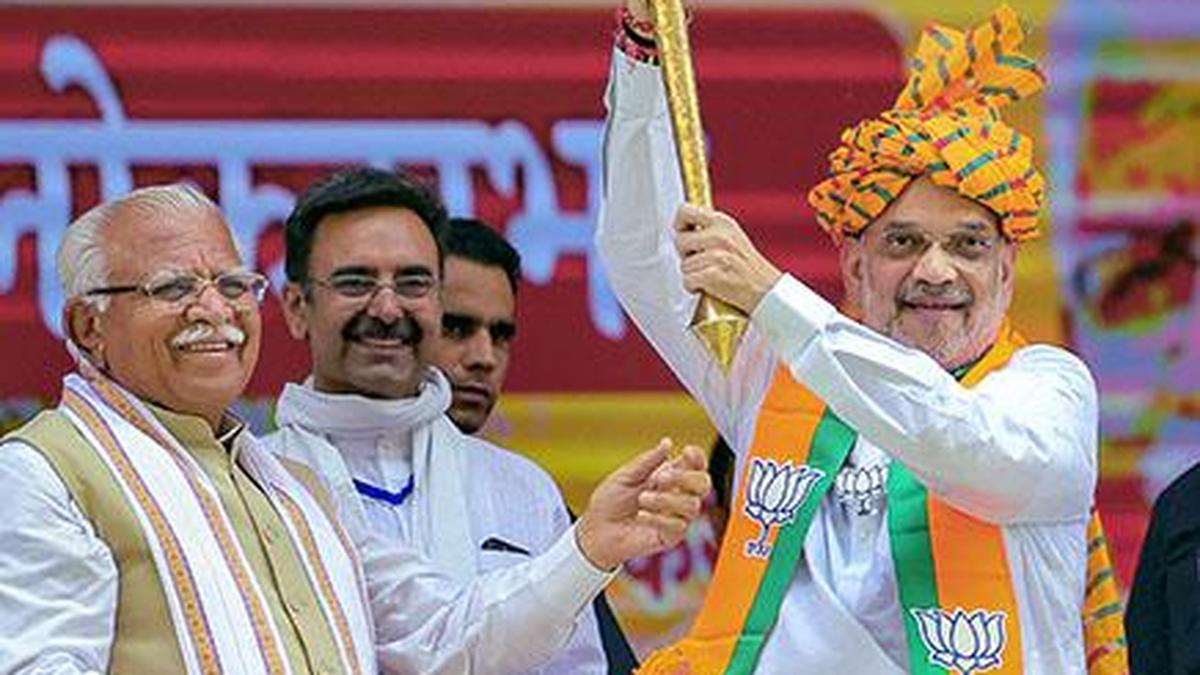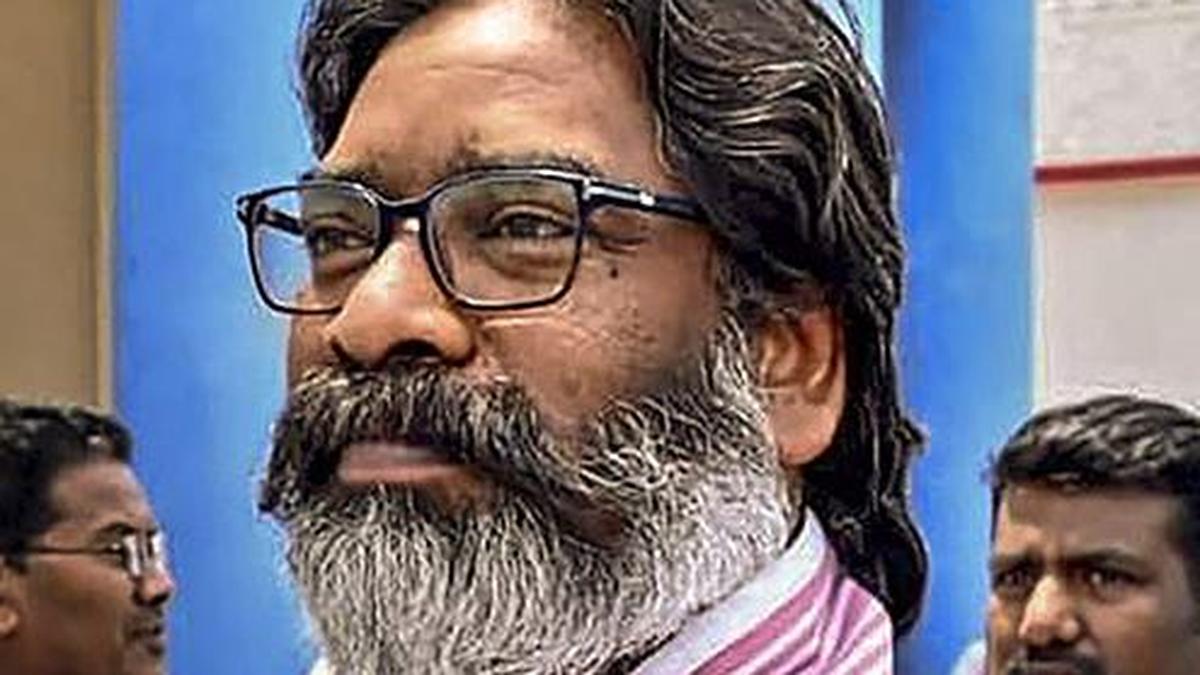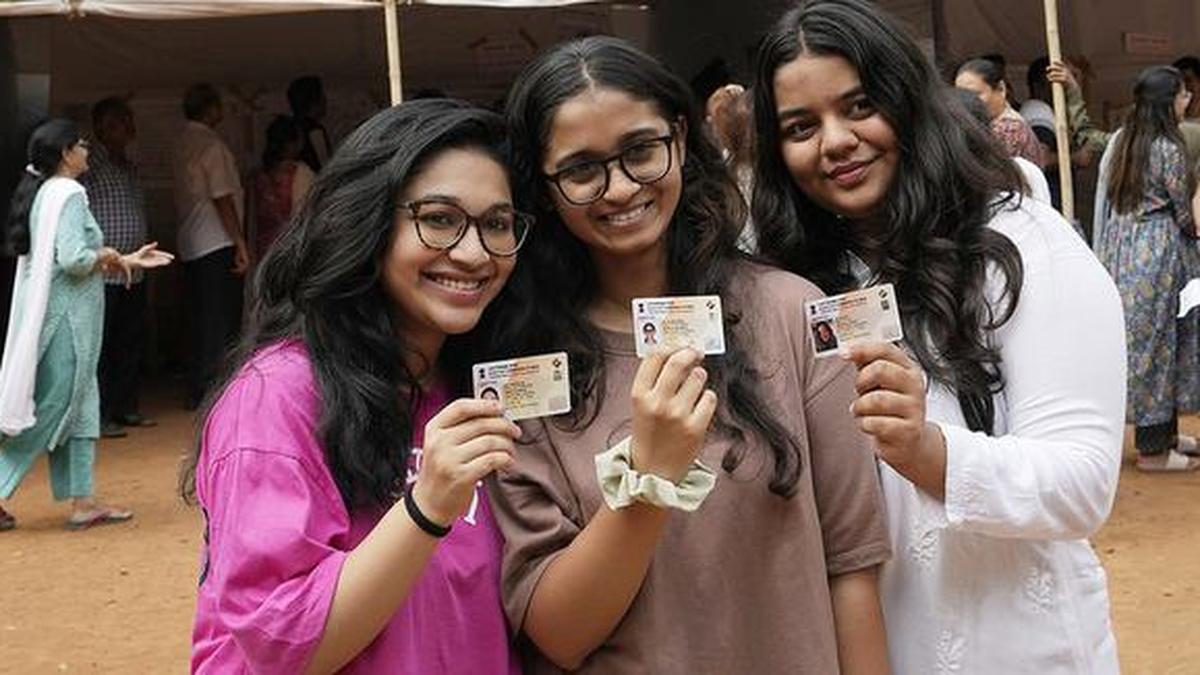For the first time in a decade, BJP’s choke hold on the OBC imagination has been challenged at the national level.
Published: 30 Apr 2024, 9:45 AM IST

i
In 2015, a year after Narendra Modi became Prime Minister, his party faced the challenge of a mahagathbandhan of backward caste leaders, Nitish Kumar and Lalu Prasad Yadav, in the Bihar Assembly election. The BJP’s campaign was strained after Mohan Bhagwat, the chief of the Rashtriya Swayamsevak Sangh, the BJP’s ideological fountainhead, pitched for a review of the reservation policy.
To offset the damage caused by Bhagwat’s alarmist remarks, Modi communalised the issue and tried to project his opponents as pro-Muslim. He accused them of scripting a devious plan to snatch the share of reservations from Dalits, tribals and backward castes and give it away to Muslims. The BJP lost that election badly and a lot of water has flown down the Ganges since. But the Bihar episode reminds us that there is nothing novel about the way in which Modi is once again pitting marginalised Hindu communities against a religious minority through concerted amplification of manufactured insecurity and wilful distortion of the Opposition’s promises.
The BJP is Resorting to its Old Trick
The stakes are much higher in 2024.
Looking for a third term, Modi’s campaign showcased grand dreams of a Viksit Bharat, promising them Virasat bhi, Vikas bhi (a metaphor for Hindu cultural revivalism as well as modern development). However, with the onset of voting, the saffron party’s boisterous pitch about its wide range of achievements over the last decade has been condensed into desperately advertising its main national opponent as a villain out to loot the rights of OBC, Dalits and tribals to appease Muslims, their “vote bank.”
As already established by the Bihar experience, Modi’s ploy to polarise Dalits, OBCs and tribals against Muslims is an old Hindutva trick. However, to deploy it in the middle of an election when all seemed in control also displays the BJP’s doubts about its own ‘positive’ narrative, and above all a patronising attitude towards these communities, many of which have been systematically de-politicised to being called labharti voters.
The Congress, in an attempt to breach the BJP’s foothold among the numerically-dominant backward castes, promised a caste census in the country and also said that it would raise the 50 percent cap on caste-based reservations and fill all backlog vacancies in posts for SC, ST, and OBCs within a year. The caste census data would be used to strengthen “affirmative action,” the Congress promised in its election manifesto. These measures to “bridge historical inequities,” vocalised by Rahul Gandhi himself, although in a fledgling form, finally provided the Congress party with a dialect with which to approach the marginalised Hindu communities.
In previous elections, the BJP through its superior propaganda machinery was able to misconstrue and exaggerate the Congress’ assurances to the country’s largest minority — Muslims — large sections of which are socially and economically backward, and accuse it of “appeasement.” In heartland states, appeasement, or tushtikaran as it is popularised in Hindi, is largely understood as a code for pampering Muslims at the cost of Hindus. Far-fetched it might seem in a country with a Hindu majoritarian soul and polity, such assertions do play into long-held and deep-seated prejudices and communal divides.
The '400 par' Call Seems to Have Backfired
The BJP, after dismantling a large chunk of the INDIA bloc and using central agencies to crush the resistance of others, decided it was the perfect scenario to drown out the Opposition with a clarion call of 400 par.
In the key state of Uttar Pradesh, Opposition leader Akhilesh Yadav, who is campaigning with the slogan of PDA — Pichda, Dalit, Alpsankhyak — declared that if the BJP wins 400 seats it could bring back the contentious farm laws, scrap reservation and downscale police jobs into an Agniveer-style provisional format. The SP backed up the rhetoric in its ticket distribution — in fact, in this election, the SP and Congress together have fielded more OBC and Dalit candidates in UP than all of the NDA.
Despite facing an onslaught from central agencies, sudden defections and freezing of its accounts, the Congress has led a spirited campaign with a progressive and inclusive manifesto. The BJP, with its plethora of OBC and Dalit allies in UP and Bihar, was comfortably placed to counter it in the heartland states, especially after the exit of Nitish Kumar from the INDIA bloc.
Apart from the surety of a PM face, the BJP has nothing radical to offer voters this time, having fulfilled most of its ideological promises, including the Ram Mandir and scrapping Article 370 in Kashmir. Falling voting numbers this time also indicate a decreased public interest in the election. There is also no overt communal issue or border tension with Pakistan occupying the voters’ minds. All this has blunted the BJP’s perception game. The party needed a fresh story to sell, one that would provoke and instigate.
Why Modi Chose to Insidiously Misrepresent the Congress Manifesto
It speaks a lot about the BJP’s state of mind that it had to communalise reservations in the middle of the election campaign even though it has been in power for a decade and boasts of empowering these groups. In fact, to accuse the Congress of trying to snatch a share of OBCs, Dalits and Tribals in quota and distributing it among Muslims, the BJP had to rake up the past. It was definitely not an afterthought but a response to slipping ground. An acknowledgement that its tall claims of changing the lives of and empowering these communities may not have had the desired impact. So much so, that it needs to rake up controversies long faded from public memory.
While it is true that in Karnataka, ruled by Congress since April 2023, Muslims are included in the 2B category for OBCs, this has been in place for three decades. Karnataka Chief Minister Siddaramaiah described Modi’s claim that the Congress transferred the reservation quota from OBCs and Dalits to Muslims as a “blatant lie.” As the Karnataka CM rightly pointed out, “Neither the BJP government previously in power at the state nor the Narendra Modi-led Union Government that has been in power for the past ten years, has questioned this reservation. Moreover, no one, including the BJP, has challenged it in court.”
In Andhra Pradesh too, the BJP’s claims that the Congress government stole from OBCs and Dalits and gave it to Muslims is a falsehood. While Muslims in AP and Telangana enjoy a four per cent reservation in education and employment under the OBC category since 2007, this quota “is being implemented not by cutting into the existing quota of the OBCs but under a separate category of OBCs, called BC-E,” said Hindustan Times in a report titled “Quota for Muslims and Telangana and Andhra back in Focus.” Clearly, none of these are recent events. The Congress has abandoned all overt signs of appealing to Muslims.
But that did not stop Modi from reinventing the 2005 Bihar trick. He insidiously misrepresented the Congress manifesto by accusing the party of trying to steal from poor and backward Hindus and plotting to introduce a religion-based quota. The Congress document does not mention any such thing. On the contrary, it promises to bridge historical inequities and assures OBCs, Dalits and tribals a number of measures for economic and social uplift.
Despite being called out for his distortions and misleading statements, the PM has only intensified his rhetoric, using the manufactured controversy to shift attention to himself. From being projected as a threat to the constitution, the BJP has deployed fear-mongering tactics to propel Modi as the defender of quotas and as a result reinforce his OBC credentials. This has also given him a freeway to indulge in caste politics, something which he accuses his opponents of.
"I'm also an OBC. Even I got scared. If I got scared, what must have happened to you,” he said at a rally in Shahjahanpur in UP, after narrating the Congress’ ploy to implement the “dangerous” Karnataka Model across the country. In another rally in Sagar in Madhya Pradesh, Modi reframed his 400-par slogan through the lens of defending reservations. “They ask me why 400 par-400 par. Let me answer. To permanently end this game of stealing and looting quotas, Modi needs 400 par. To protect the quotas of OBCs, Dalits and STs. I come from this samaj. I know this pain,” he said.
In Agra, a district with a large Dalit population, Modi referred to several OBCs castes by name — Yadav, Kurmi, Maurya, Kushwaha, Jat, Gurjar, Rajbhar, Teli and Pal — and told them how the Congress-SP had “betrayed” them. Rahul Gandhi and Akhilesh speak about OBCs from public platforms but “through the backdoor they are strengthening their vote bank” and giving “rights to them.”
“Till Modi is alive, before committing such a sin, you will have to tackle Modi first,” he said.
BJP's Relationship With Backward Castes is as Much Transactional as It is Ideological
This is not the first election in which Modi has played up his OBC identit.
In 2014, while campaigning in the difficult state of UP as Gujarat CM, Modi pitched himself as a backward caste leader. When Priyanka Gandhi Vadra lashed out at him for neech rajneeti for his comments on her father late Rajiv Gandhi, Modi famously interpreted the word to his liking as “lowly” and inferred that it was used to target him for his OBC caste. Neech is a slur used against lower castes.
In 2019, when the SP and BSP contested together, Dalit leader Mayawati launched an attack on his OBC credentials, dubbing him a “fake OBC” and kagzi pichda. Once again, Modi retaliated by declaring that he was not just a pichda but an ati-pichda (most backward).
In 2024, Opposition parties shied away from raking up his caste, so Modi invented a reason to do so.
In UP and Bihar, which have a combined 120 seats, the BJP’s politics has revolved around the villainisation of Yadavs and polarising other backward castes, in addition to demonising Muslims. The party has projected that the Yadav caste, to which the leadership of the SP and RJD belong, cornered much of the OBC quota and share in power. The party has also interpreted backward caste icons, such as the mythical Bhar chieftain Suheldev in UP, through a contemporary communal lens. Suheldev, for instance, has been projected as an anti-Muslim crusader, in a bid to keep OBCs and Muslims on opposite ends.
The BJP’s relationship with these backward castes, however, is as much transactional as it is ideological. That contract is based on an increased share in power and representation and fulfilment of their ideological positions. The BJP has largely been successful in this even though its record on improving lives of masses coming from these castes is still suspect. The caste census debate too had initially rattled the BJP as it prepared itself to implement the sub-categorisation of OBC quota through the Rohini Commission report. But with Nitish Kumar, swinging back to the NDA, the sub-quota question was again put on a back burner. In UP, too, where the BJP has been in power since 2017, the party has shied away from fulfilling its promise of dividing the 27 per cent OBC quota into three parts.
Modi might eventually be successful in propagating his strategy of merging social justice and Hindutva in key states such as UP and Bihar, where he has the support of more than half-a-dozen Dalit and OBC allied parties, because of powerful propaganda campaigns and inherent communalism. The network of allies from different castes helps him communicate his message down to the bottom. But regardless of which way the results swing, the debate on reservations, and senior BJP leaders’ loud clarifications dismissing accusations of scrapping them, have demonstrated that the Congress has finally dragged Modi to play on its pitch. It is up to the Opposition to keep him there till June.
(Omar Rashid is an independent journalist who writes on politics and life in the Hindi hinterland. This is an opinion article and the views expressed are the author’s own. The Quint neither endorses nor is responsible for them.)
(At The Quint, we are answerable only to our audience. Play an active role in shaping our journalism by becoming a member. Because the truth is worth it.)

 2 weeks ago
101
2 weeks ago
101



